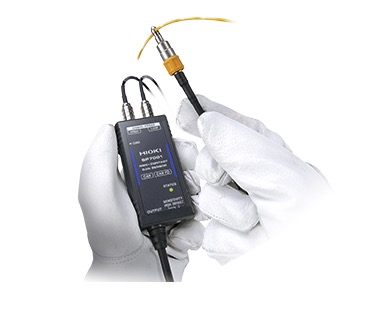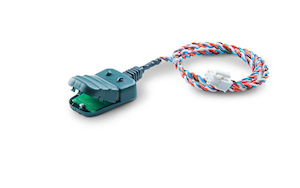Recent Posts
Non-Contact Sensing Of Classical CAN/CAN FD Signals
Posted by on
Hioki (Japan) has launched its clip-on device for non-contact monitoring of Classical CAN/CAN FD signals up to 3 Mbit/s, which allows the analysis of network signals without a direct galvanic connection.
The SP7001 and SP7002 modules implement a 9-pin Dsub plug for connection to CAN interface modules such as, for instance, USB dongles. The link to the bus-lines is accomplished by clipping the sensor over the cable's insulation. Thus, the data reading from CAN lines does not require any galvanic connection.
Since one CAN interface can accommodate two channels of input, applications can detect two channels at once by purchasing an additional non-contact CAN module. The adapter module is suitable for Classical CAN and CAN FD up to a bit-rate of 3 Mbit/s, where bit rates under 125 kbit/s are not supported. Target cables with a 1,2-mm to 2-mm outer diameter are supported. The temperature operating range is specified from -40 °C to +85 °C.
Key Features
- Acquire CAN data immediately, simply by hooking probes to the cables
- Eliminate concerns by using non-contact sensing technology
- Use in a diverse array of development and evaluation applications that demand reliability
CANCrocodile - Contactless CAN Bus, SAE J1939, OBD-II, And SAE J1708 Reader
The CANCrocodile product line was designed for secure and reliable data reading from a vehicle CAN Bus network. The contactless reader can be used for vehicle telematics, GPS tracking systems, and for monitoring various CAN Bus parameters of vehicle operation such as speed, RPM, oil pressure & temperature, fuel volume & consumption, and more.
The data reading takes place without electrical connection and without damaging the CAN Bus wires. CANCrocodile works in “listen-only” mode, i.e., it does not change the original CAN Bus or SAE J1939 messages, and it does not transmit any signals into the CAN Bus.
 Loading... Please wait...
Loading... Please wait...


